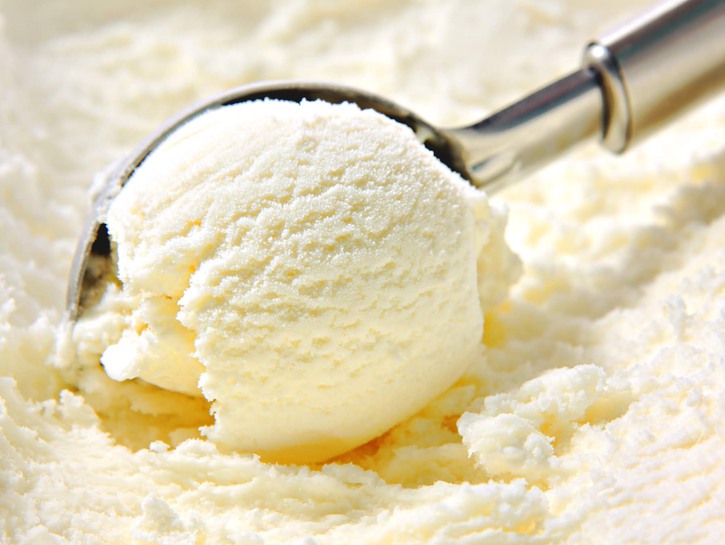We all scream for ice cream and vanilla ice cream is a ubiquitous flavor in our foodie culture that is often renown for its rich texture and light vanilla flavor that can be eaten alone or paired with a variety of delicious desserts, such as pie, cookies, and cake. However, ingredients, such as milk, cream and vanilla may actually be non-existent in your favorite brands, at least if you live in Great Britain.
Earlier this year, an award-winning writer for the Washington Post, Maura Judkis had set off to visit the Museum of Ice Cream, located in Manhattan, New York, to find out how ice cream is made. She was surprised to learn that England doesn’t regulate the ingredients in ice cream like the United States does. In fact, when an investigation conducted by a British television show examined 24 different brands, none of them included milk, cream, or vanilla which is quite shocking considering the flavorings of ice cream would seemingly be derived from a natural source. However, two highly-acclaimed American brands, Haagen-Dazs and Ben & Jerry’s both contained all three ingredients. Asda, Morrisons, and Tesco were all found to contain none of the vital three flavors needed to make quality ice cream. Instead, many of the brands instead contained reconstituted dry skim milk, palm oil, coconut oil, and whey protein.

Unlike the United States, Great Britain doesn’t require that any ice cream company manufacture ice cream that contains vanilla, cream, or milk. There are also little to no requirements of what can be considered ice cream in the UK, whereas, in the United States, the USDA states that ice cream must contain no less than 20% milk solids, constituted of no less than 10% milkfat. Otherwise, it cannot be labeled as “ice cream”, but it can be called a “frozen dairy dessert” or “light ice cream” or any other marketing term other than ice cream. Additionally, whey protein cannot contain 25% of the milk solids-not-fat (SNF), which can interfere with the flavoring and is also needed to bring out the vanilla. In the United Kingdom, prior to 2015, a product that claimed to be ice cream had to have at least 5% dairy fat and 2% milk protein. However, those rules have changed.
There are many factors which contribute to the desirability of ice cream, such as its flavor, texture, appearance, color, and quality, which may be different for each individual. Real ice cream should contain at least some of the important ingredients to get the best flavoring. However, real ice cream should also be and taste authentic. While the jury is still out on whether or not the UK will ever begin to use real ingredients that constitute actual ice cream, if authenticity is what you seek in your food, then it is important to check the ingredients list for items such as vanilla, cream, and milk, or a mixture of the three. Otherwise, you may get more than what you are looking for.
